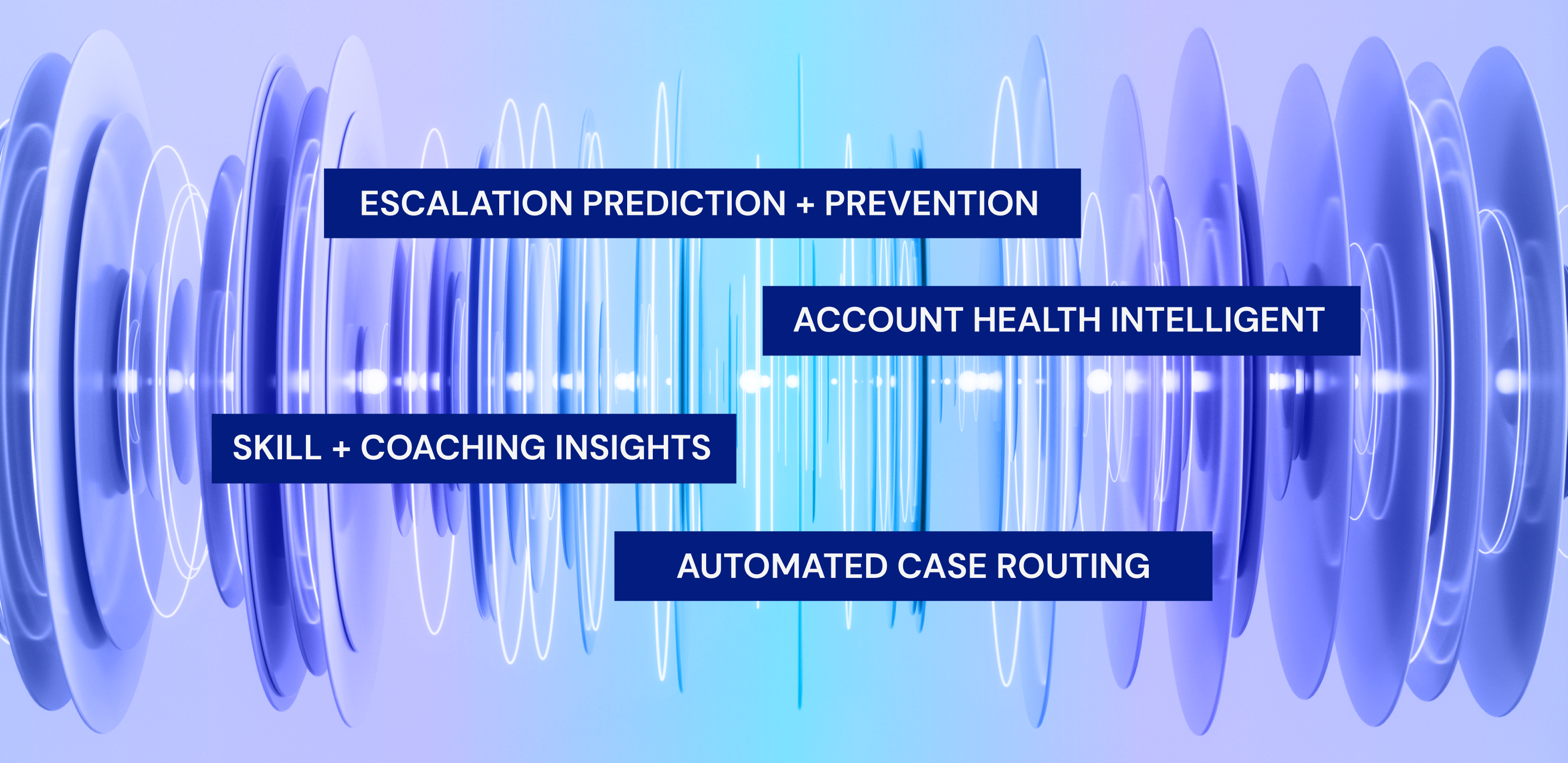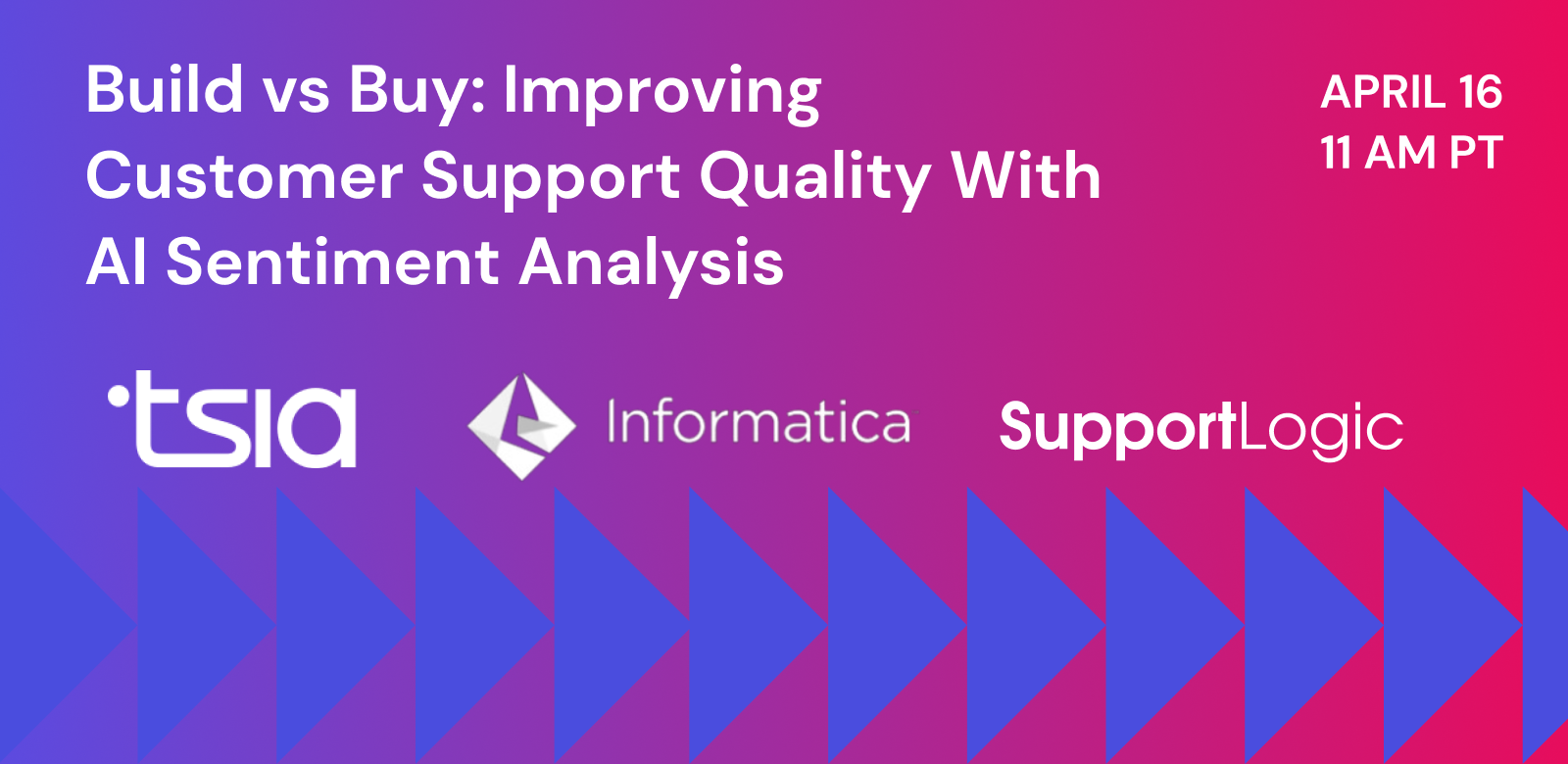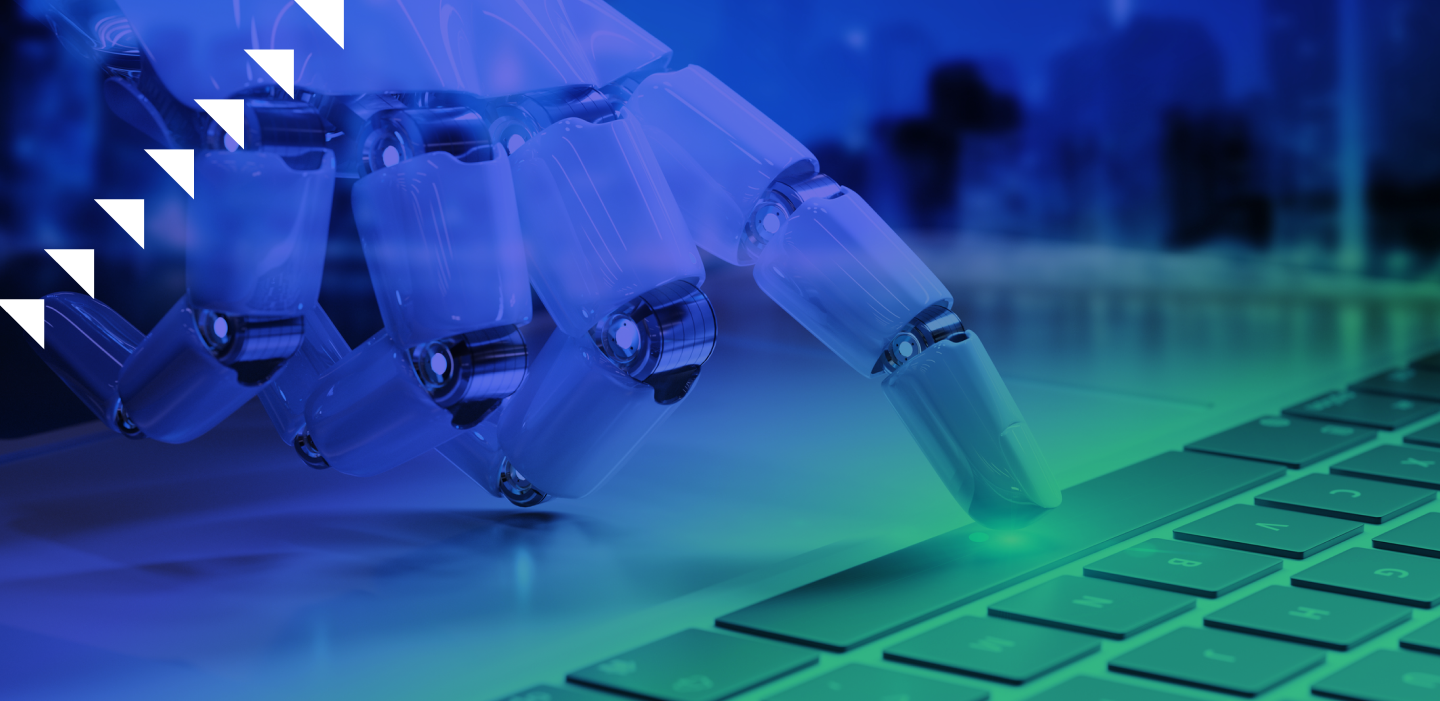
Mar 25, 2025
How Ambient AI Agents Are Transforming Enterprise Support
CX TransformationSupport ExperienceAI for supportgenerative AI
The Rise of Ambient AI in Enterprise Support
The way companies execute workflows is evolving. Traditionally, knowledge workers used enterprise software to complete tasks manually—think of a support technician entering case data into a case management system. Then came AI-assisted workflows, where knowledge workers leverage AI to augment their work, like an education professional using a generative AI model to create course materials.
Now, we are entering an era where AI agents engage directly with customers to complete tasks, such as AI-enabled chatbots handling inquiries on a support portal. But the next major shift is the rise of ambient AI—AI that operates in the background, continuously analyzing data and optimizing workflows without requiring direct user interaction. It’s an invisible intelligence layer that extracts insights, automates decisions, and enhances efficiency without disrupting existing processes.
The Genesis of SupportLogic
I founded SupportLogic because I saw firsthand how much valuable information is embedded in support interactions. At VMware, I experienced the challenge of scaling support operations as the company grew from a handful of engineers to nearly 1,800. Through that growth, I realized that customer interactions contain signals that influence not just support outcomes but also product development, sales, and marketing.
At the time, these signals were trapped in support cases, and the only way to extract them was through manual effort. I would listen to customer calls, read discussion forums, recognize patterns, and relay insights to different teams. It was inefficient, and I knew there had to be a better way. What if we built an intelligence system that continuously listened to customer interactions, surfaced insights in real time, and seamlessly integrated them into workflows? That became the foundation of SupportLogic.
The Evolution from Chatbots to Ambient AI
There’s a lot of buzz about AI agents today—Super Bowl commercials, mainstream headlines, and widespread adoption. But this is an evolution, not a revolution. AI-powered automation has been developing for decades. Early expert systems were rigid, requiring manual rule-setting for hundreds of conditions. Then machine learning emerged, allowing systems to infer patterns from data rather than relying on predefined rules.
Now, we are entering a phase where AI doesn’t just assist—it actively determines the best course of action and automates entire workflows. What’s changed is that AI can now make decisions, not just classifications or predictions. And when you have AI making decisions, you can enable automation at a much higher level. This is where ambient AI takes things to the next level.
What is Ambient AI?
Arthur C. Clarke once said that any sufficiently advanced technology is indistinguishable from magic. That’s the essence of ambient AI—technology that works so seamlessly in the background that you don’t even realize it’s there.
Think about modern cars. They contain countless computers running millions of calculations per second, but as a driver, you interact with only the steering wheel and pedals. Even those controls are being minimized with autonomous driving. That’s ambient AI—it runs in the background, continuously optimizing, making decisions, and removing friction from processes.
At SupportLogic, our AI continuously monitors customer interactions—whether through chat, email, voice, or support tickets—extracting sentiment signals, predicting escalations, and identifying risks before they become major issues. Unlike traditional AI tools that require constant user input, ambient AI autonomously improves operational efficiency without disrupting workflows.
Real-World Applications of Ambient AI in Support
The power of ambient AI in support organizations goes beyond chatbots and virtual assistants. Here’s how it is transforming enterprise support today:
- Escalation Prediction & Prevention – AI detects early warning signs of customer frustration by analyzing sentiment across interactions, allowing teams to take proactive action before an escalation occurs.
- Account Health Intelligence – AI synthesizes fragmented data from multiple channels to build a holistic view of customer sentiment, making it easier to identify at-risk accounts and drive retention efforts.
- Skill & Coaching Insights – AI identifies soft skill and technical knowledge gaps among support agents, enabling targeted coaching and training to improve overall service quality.
- Automated Case Routing – AI determines the best subject matter expert to handle a case based on historical data, reducing resolution times and improving efficiency.
The beauty of ambient AI is that it doesn’t require a user to ask for insights—it simply works. It continuously adds value by analyzing interactions, identifying patterns, and surfacing insights that would otherwise go unnoticed. And because it runs in the background, it doesn’t disrupt existing processes; it enhances them.
An Invisible Force for Better Support
Support organizations today have more choices than ever in how they execute work. The old model of knowledge workers manually handling every task is no longer sustainable. AI is not just a tool—it’s becoming an ambient force that seamlessly integrates into workflows, eliminating inefficiencies and unlocking new opportunities for automation.
At SupportLogic, we’re building AI that isn’t just reactive but proactive. AI that doesn’t just answer questions but continuously improves support operations. The future of AI in customer support isn’t about replacing humans—it’s about augmenting them, reducing friction, and delivering better customer experiences with less effort.
This is the new era of ambient AI. And it’s happening now.
For more on this subject, watch my conversation with Thomas Lah, Executive Director and EVP of TSIA:
Don’t miss out
Want the latest B2B Support, AI and ML blogs delivered straight to your inbox?


